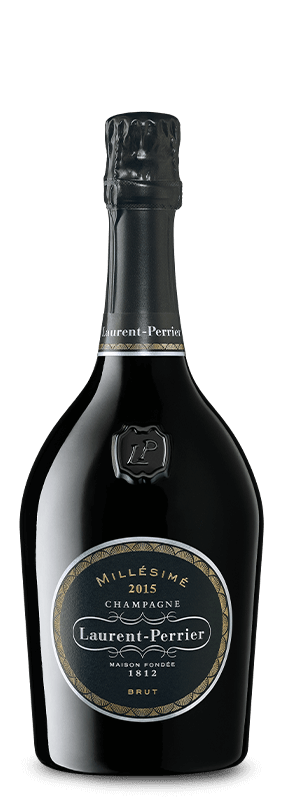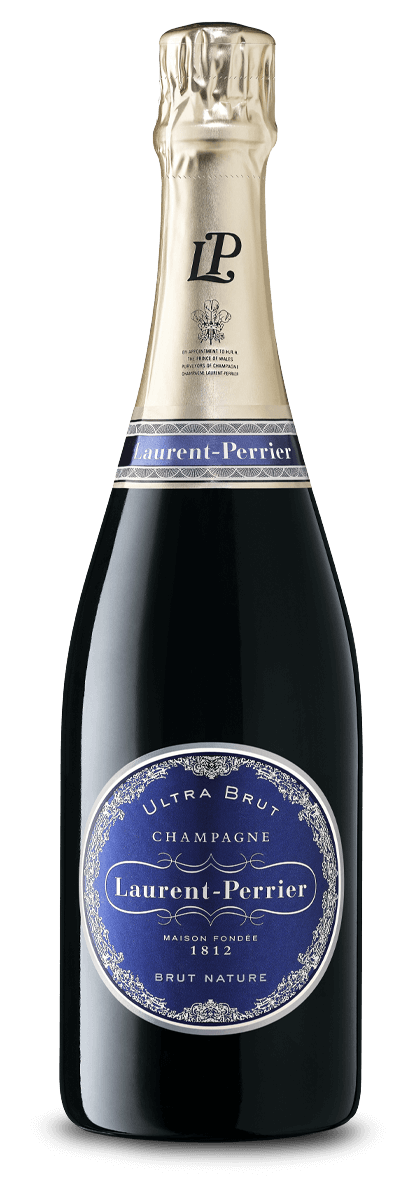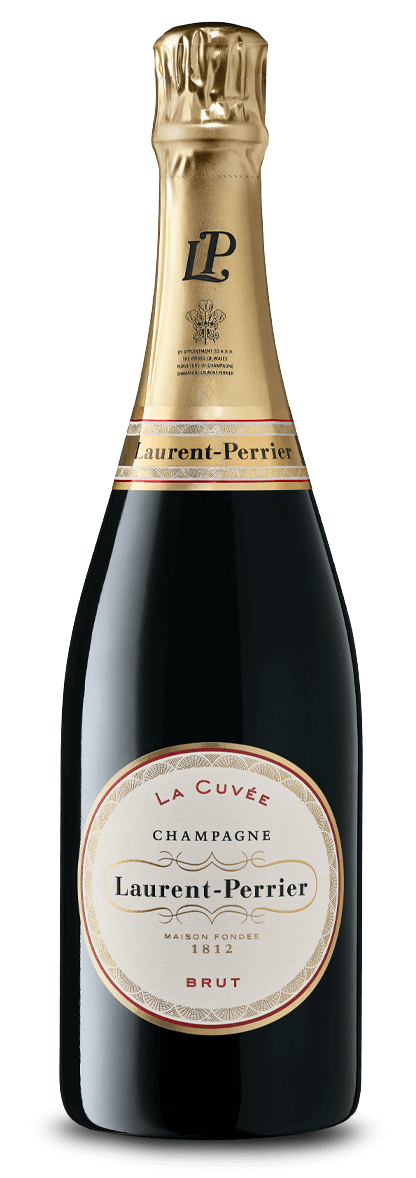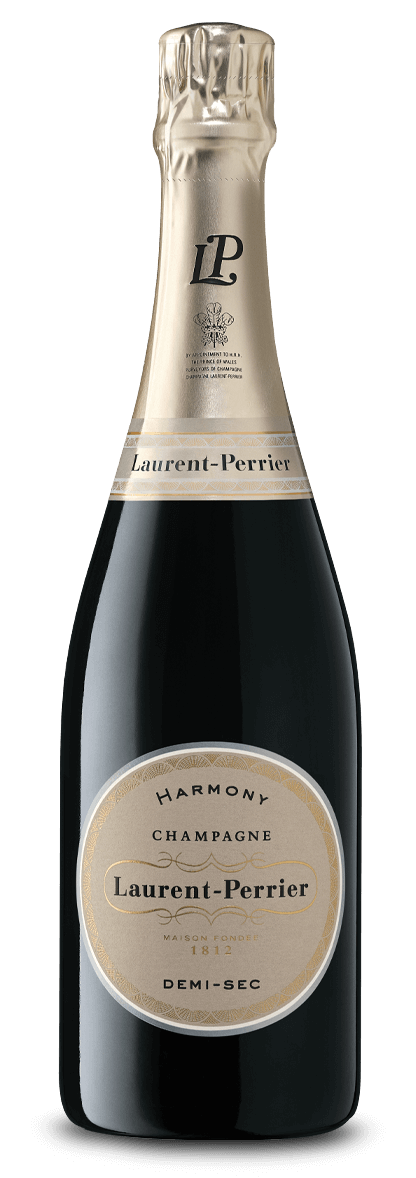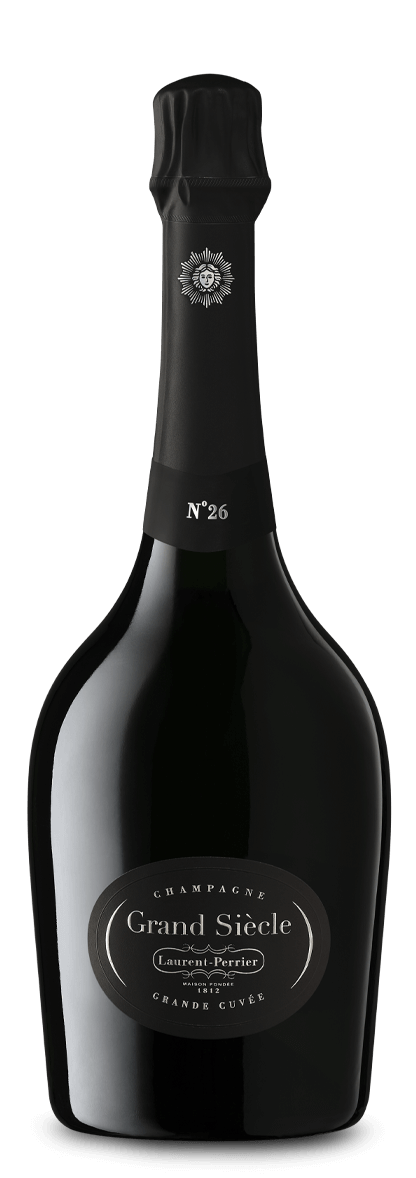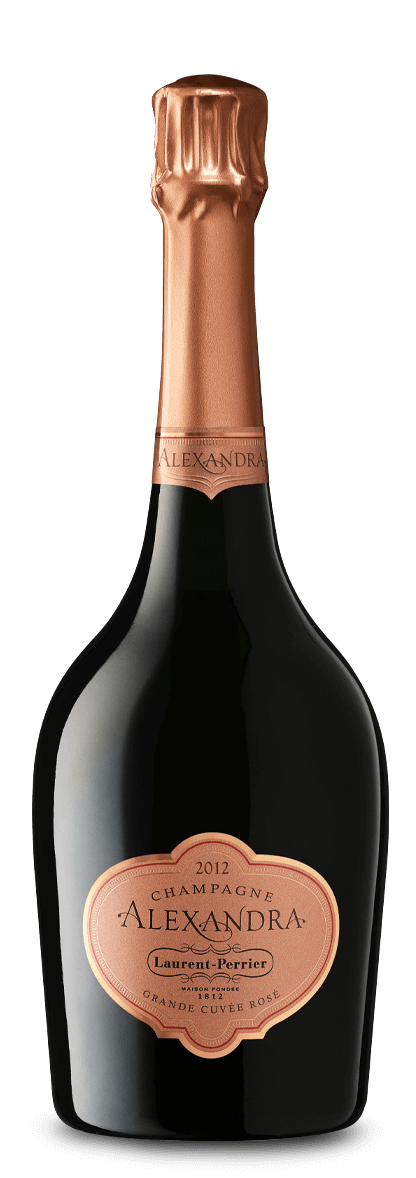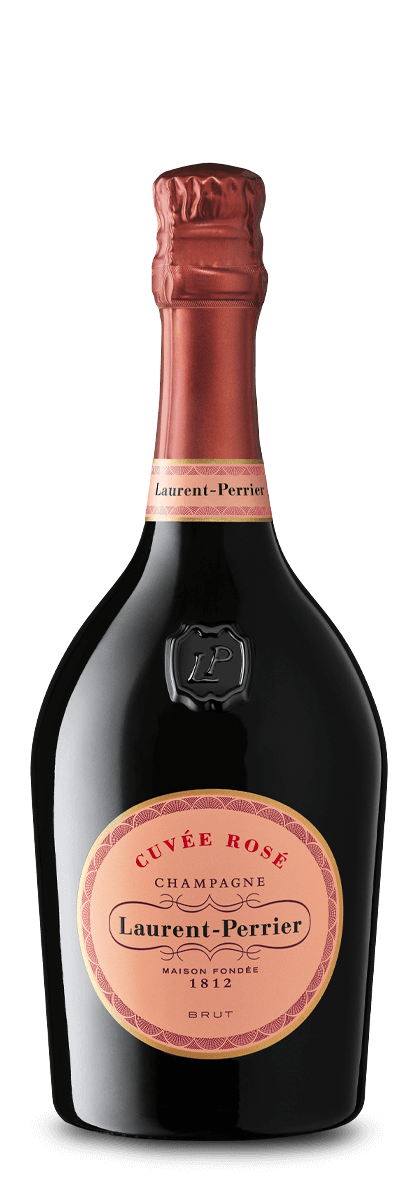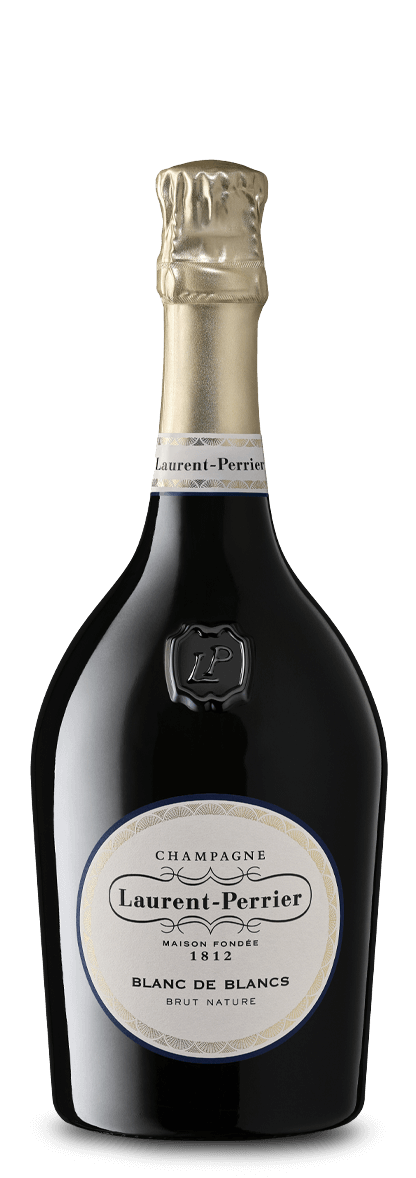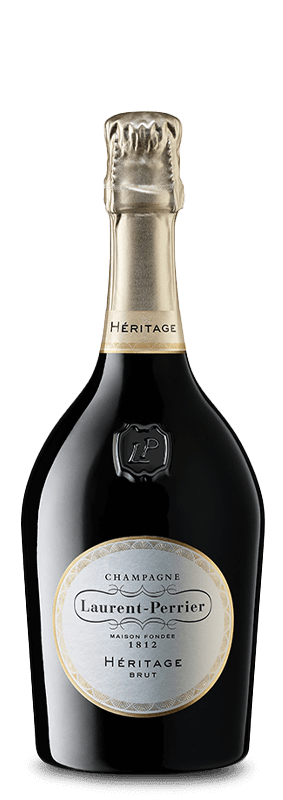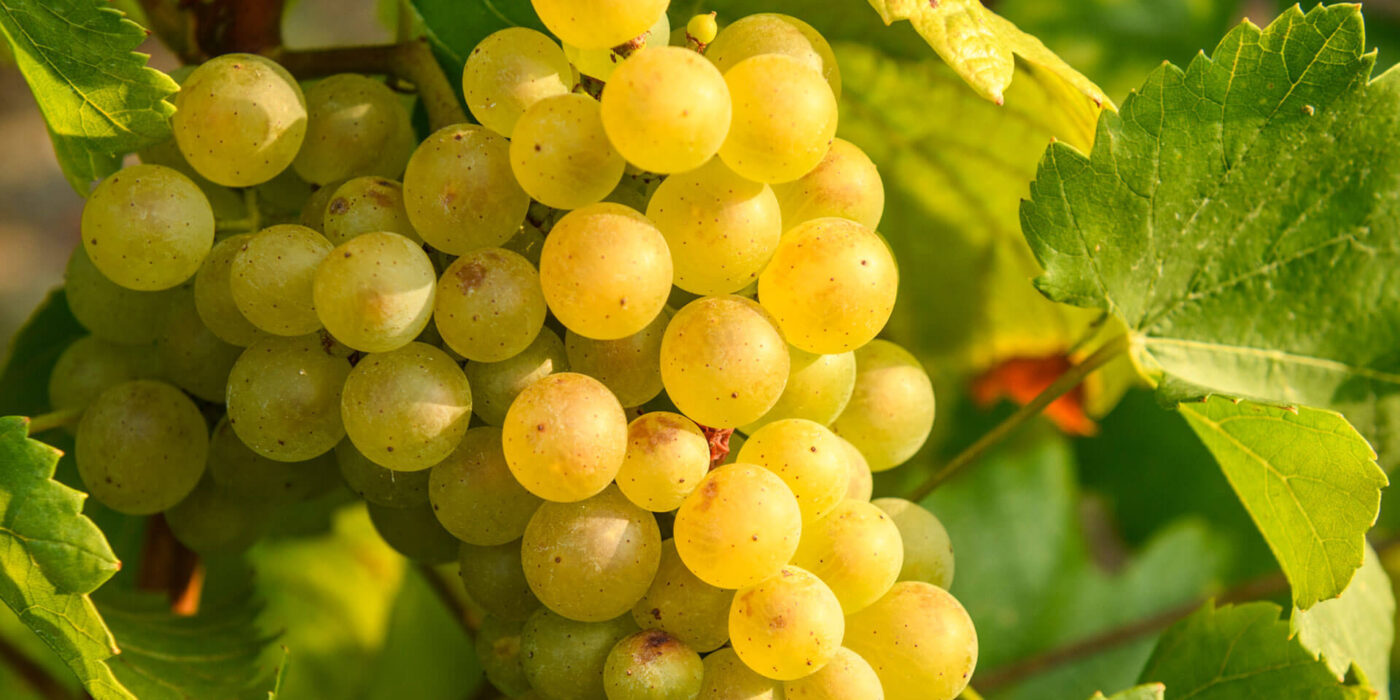
The Maison
The Savoir-Faire
of Non-Dosage
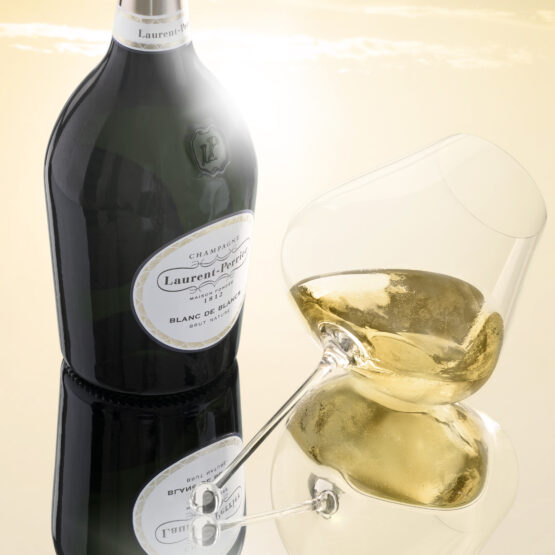
Non-Dosage at Laurent-Perrier
Under the leadership of Bernard de Nonancourt, the House revisited the “Grand Vin Sans Sucre” in 1981 and unveiled Laurent-Perrier Ultra Brut®.
Where does Laurent‑Perrier's savoir‑faire of non‑dosage come from?
The dosage process was developed in the 19th century, a time when champagne was very sweet and primarily served at tea time. In 1889, Veuve Laurent-Perrier broke with convention and introduced a “Grand Vin Sans Sucre”, a champagne designed for British clientele, known for their preference for low-dosage wines.
“The result of long and patient research into a sugar-free champagne that meets the most refined modern expectations. It took several generations for Laurent-Perrier’s cellar masters to once again create this masterpiece of their craft—a champagne in its purest form, relying solely on its truth to reveal the finesse of its blend.” Bernard de Nonancourt
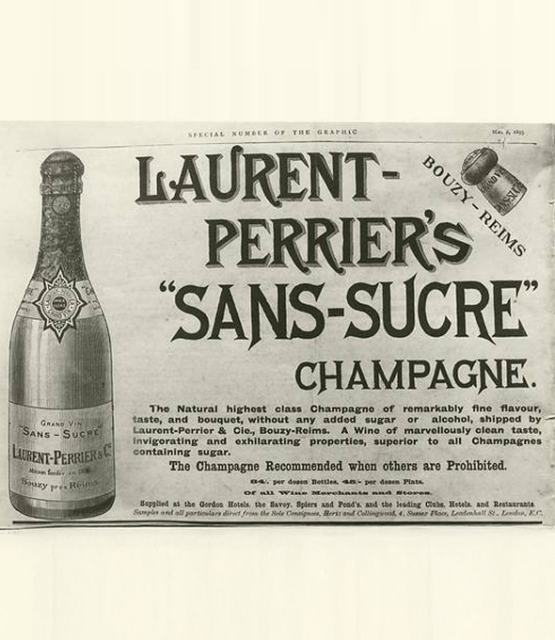
How are Non-Dosage Champagnes Crafted at Laurent-Perrier?
The production process is based on a rigorous selection of grapes from Champagne’s finest terroirs. The Chardonnays and Pinot Noirs used are exclusively sourced from the most prestigious crus, carefully chosen for their perfect balance between freshness and maturity.
The grapes are harvested at optimal ripeness, as the absence of dosage demands an impeccable natural balance. The vintage must display good maturity and low acidity. Additionally, a high proportion of reserve wines is used to ensure the desired equilibrium.
Which Laurent-Perrier Champagnes Rely on the Savoir-Faire of Non-Dosage?
Blanc de Blancs Brut Nature
is made from 100% Chardonnay, the emblematic grape of the House, sourced from the best slopes of the Côte des Blancs and Montagne de Reims. This gastronomic wine is distinguished by its minerality, freshness, and citrus notes.
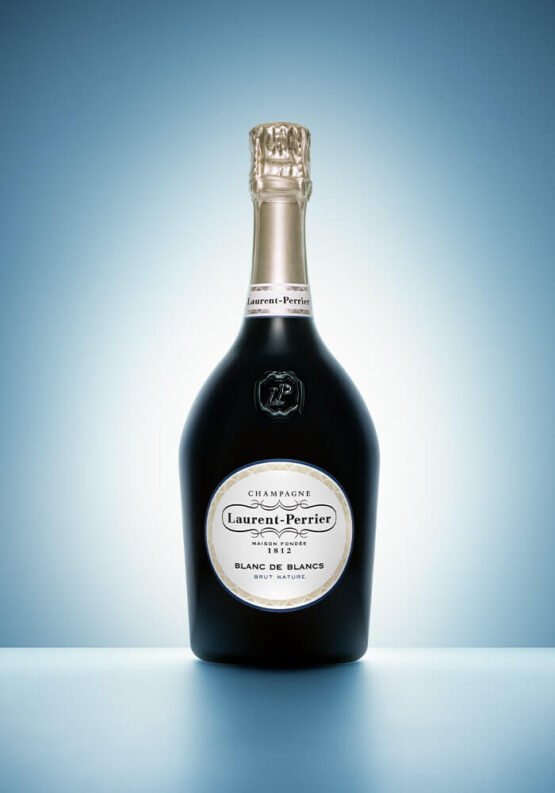
Ultra brut
is crafted from a specific blend of 55% Chardonnay and 45% Pinot Noir and benefits from six years of ageing in the cellar. The wine is pure and fresh, characterised by its clean, crisp style.
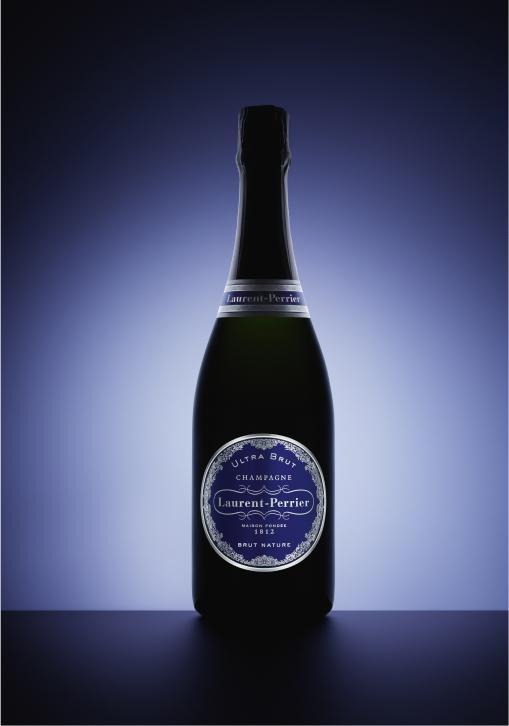
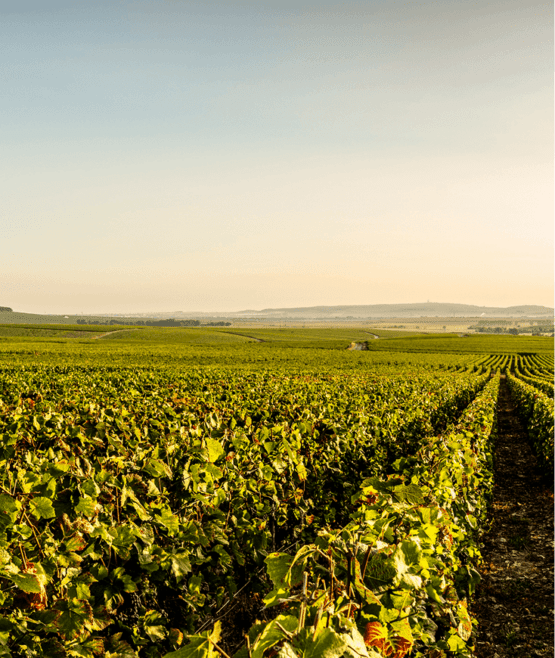
Non-Dosage in Champagne
A non-dosage champagne is a demanding wine, revealing the intrinsic qualities of the grape varieties without any added dosage.
What are the Different Categories of Champagne?
Dosage is the final step in champagne production before release. It involves adding a small amount of liqueur, usually composed of cane sugar and reserve wines, which determines the champagne’s category.
The categories are as follows:
- Brut Nature Champagne: No added sugar, with less than 3g of residual sugar per litre.
- Extra Brut Champagne: Less than 6g of sugar per litre.
- Brut Champagne: Less than 12g of sugar per litre.
- Extra Dry Champagne: Between 12g and 17g of sugar per litre.
- Sec Champagne: Between 17g and 32g of sugar per litre.
- Demi-Sec Champagne: Between 32g and 50g of sugar per litre.
- Doux Champagne: More than 50g of sugar per litre.
When Did Non-Dosage Champagnes Appear?
It was not until 1985 and 1996 that the “Extra Brut” and “Brut Nature” categories were officially recognised—at the request of Laurent-Perrier. Laurent-Perrier was the pioneer of non-dosage champagnes with the launch of Laurent-Perrier Ultra Brut® in 1981. Non-dosage champagnes are also referred to as zero-dosage champagnes or sans sucre ajouté (no added sugar) champagnes.

